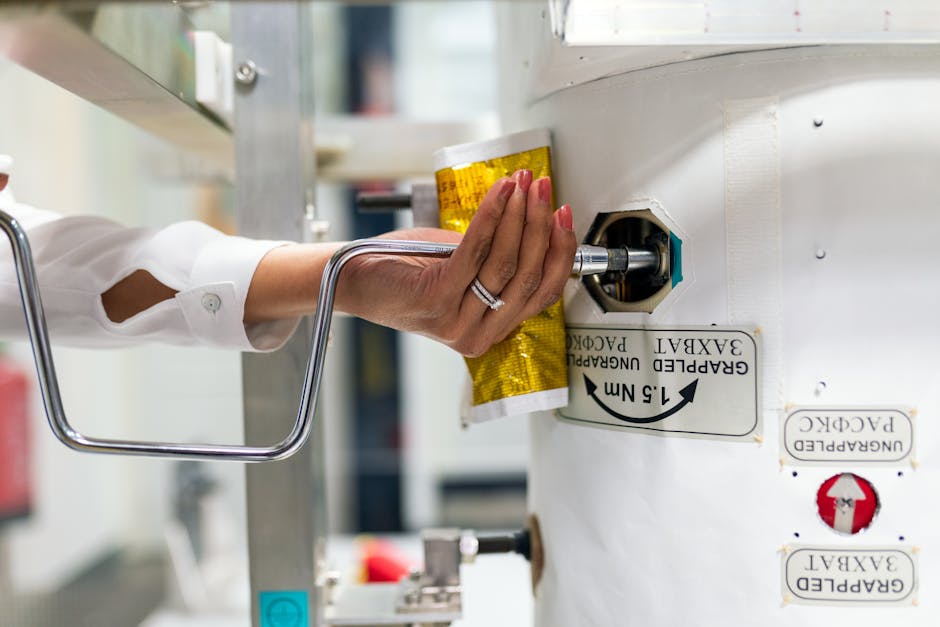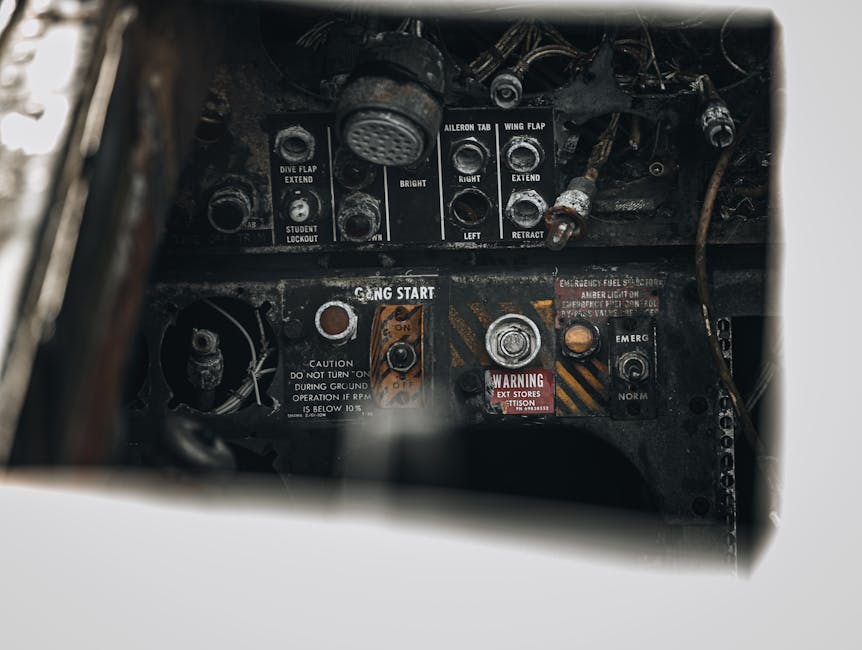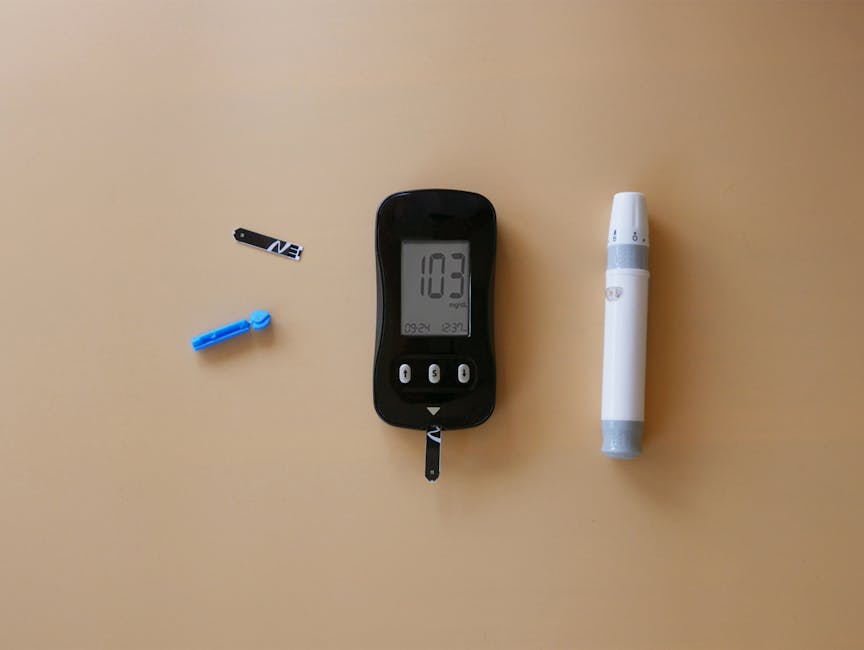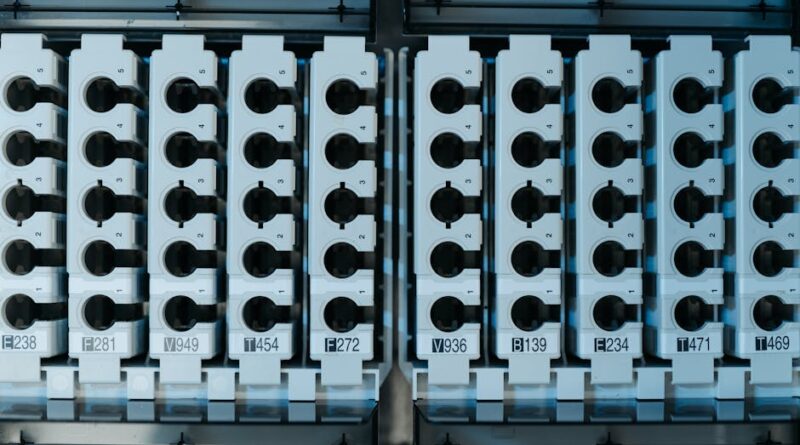How to Read Labels for Cholesterol Control
Did you know that nearly 95 million adults in the United States have high cholesterol? that’s a staggering number. High cholesterol can lead to heart disease, stroke, and other serious health issues. One of the best ways to manage your cholesterol levels is by reading food labels. But how do you do that? Lets break it down.
Why Are Food Labels Important for Cholesterol Control?

Food labels give you valuable information about what’s in the food you eat. They can help you make healthier choices, especially if you’re watching your cholesterol. When you know how to read these labels, you can pick foods that support your heart health.
According to the American Heart Association, eating a heart-healthy diet can lower your LDL cholesterol (the bad cholesterol) and raise your HDL cholesterol (the good cholesterol). Understanding food labels is a key part of that process.
What Should You Look for on Food Labels?

When reading food labels, focus on a few key areas:
- Serving Size: This tells you how much of the food is considered one serving.
- Cholesterol: Look for the amount of cholesterol per serving.
- Saturated and Trans Fats: These fats can raise your bad cholesterol levels.
- Fiber: Foods high in fiber can help lower cholesterol.
- Sugars: Excess sugars can contribute to weight gain and related cholesterol issues.
Lets take a closer look at each of these areas.
What is Serving Size and Why Does It Matter?

The serving size is the first thing you should check. It tells you how much you should consider eating. For example, if the label says one serving is cup, but you eat a full cup, you need to double the nutritional information.
Understanding servings helps you accurately track your diet. it’s easy to eat more than you realize, especially with snacks or packaged foods.
How Much Cholesterol Is Too Much?

Look at the cholesterol section of the label. The American Heart Association recommends keeping your cholesterol intake below 300 milligrams per day. If you have heart disease or diabetes, this limit is even lower, around 200 milligrams.
Remember, not all cholesterol is bad. Your body needs some cholesterol to function. But too much can clog your arteries and lead to serious health issues.
What About Fats?
Next up, check the saturated and trans fats. These types of fat can raise your bad cholesterol levels. Aim for:
- Saturated Fat: Less than 10% of your daily calories.
- Trans Fat: As low as possible. Ideally, 0 grams.
Foods that list partially hydrogenated oils in the ingredients usually contain trans fats. So, steer clear of those!
Why is Fiber Important for Cholesterol Control?
Fiber is your friend when it comes to cholesterol. Foods high in fiber can help reduce cholesterol levels. Look for foods that have at least 3 grams of fiber per serving. Good sources include:
- Whole grains like oatmeal and brown rice
- Fruits like apples and bananas
- Vegetables like carrots and broccoli
- Legumes like beans and lentils
Including these foods in your diet can help keep your cholesterol in check.
How Do Sugars Impact Cholesterol?
Sugars play a role too. Foods high in added sugars can lead to weight gain, which can affect your cholesterol levels. Check the sugar content and try to limit foods with high amounts.
As a guideline, aim for less than 10% of your daily calories from added sugars. This is roughly 200 calories or 50 grams of sugar for a 2000-calorie diet.
Are There Any Healthy Foods to Avoid?
Yes, even healthy foods can be unhealthy if you’re not careful. Some foods that may seem good for you can still raise your cholesterol. For example:
- Processed snacks: Chips and cookies can have hidden trans fats.
- Certain types of dairy: Whole milk and full-fat cheese can be high in bad fats.
- Red meats: These can have higher saturated fats.
Always read labels, even for foods marketed as healthy.
What Are Some Tips for Reading Labels?
Here are some quick tips for effective label reading:
- Always check the serving size first.
- Focus on cholesterol, saturated fats, and trans fats.
- Look for high fiber content.
- Avoid products with high added sugars.
- Compare similar products to find the healthiest option.
These small habits can make a big difference in managing your cholesterol.
Do You Need Guidance from Professionals?
If you’re confused about reading labels or what to eat, consider talking to a healthcare professional. A dietitian can offer personalized advice. They can help tailor a plan that suits your needs.
What Are Some Resources for More Information?
For more details on heart health and cholesterol, visit the American Heart Association. They offer plenty of resources to help you understand your diet.
You can also check out our post on Healthy Eating Tips for more guidance on maintaining a balanced diet.
Final Thoughts: Take Charge of Your Cholesterol
Reading food labels is a powerful tool for managing your cholesterol levels. By focusing on serving sizes, cholesterol amounts, fats, and fiber, you can make healthier choices. Remember that every small step counts toward better health.
So, next time you shop, take a few moments to read those labels. Your heart will thank you!

